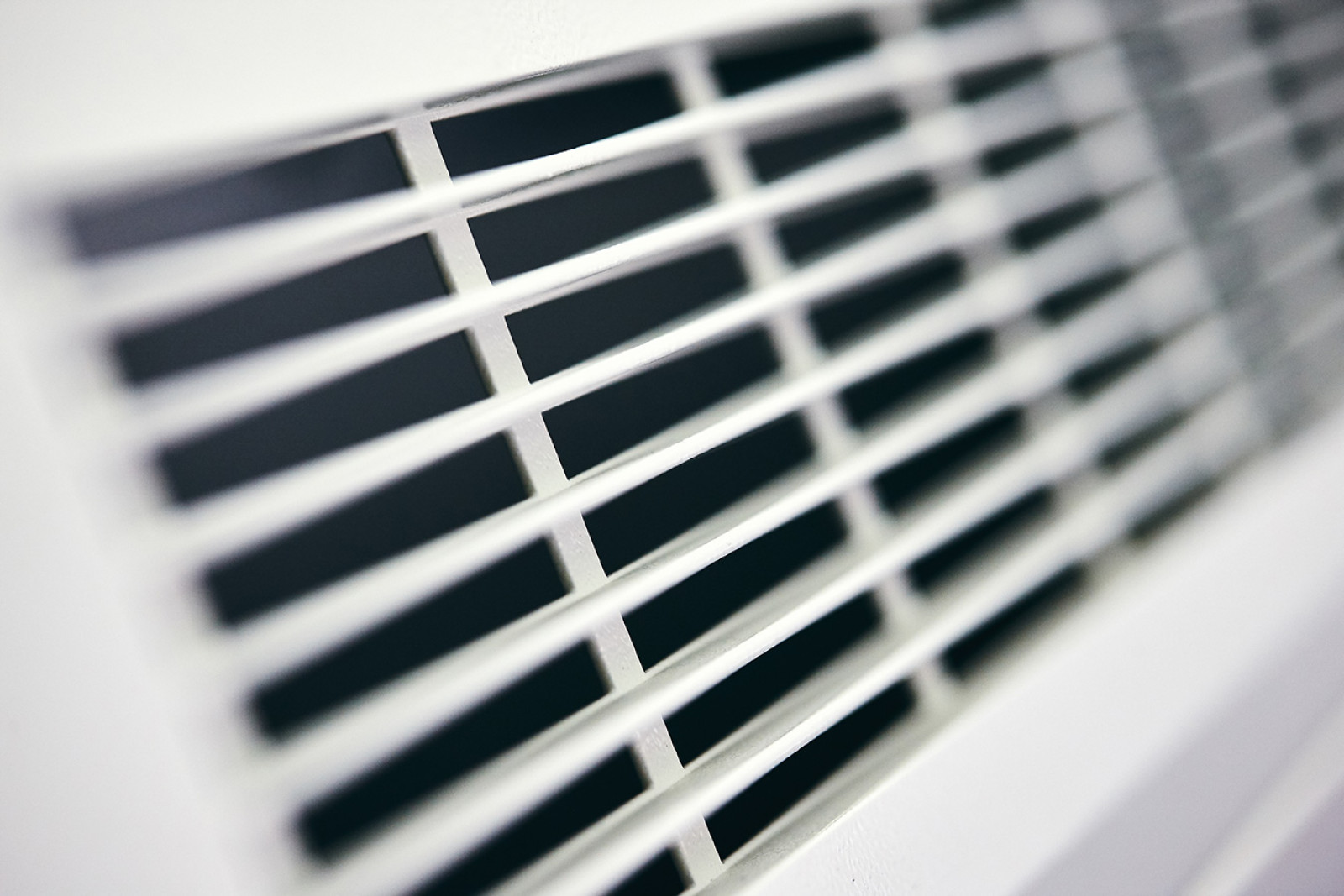As a heating solution, a hydronic fan convector has many advantages over its old rival the conventional radiator.
If we think about the same principle as our atmosphere and oceans providing an indirect source of heat, and the way that convection in our atmosphere is a vital process helping to redistribute energy away from hotter areas to cooler areas of the Earth, aiding temperature circulation and reducing sharp temperature differences, we can draw many synergies with the way in which a hydronic fan convector works to heat a space. And one of the biggest differences is that we are utilising a fan to force the process.
Convector heater vs oil filled radiator
Unlike a conventional radiator, the hydronic fan convector distributes heat evenly throughout a room. A conventional radiator also utilises natural convection as a method to distribute heat, the problem is that warm air rises quickly and close to the heat source, and it then cools and falls and the process is repeated.
Ultimately this means that the warmest areas in the room are closest to the radiator. The hydronic fan convector contains a fan and a heat exchanger connected to a wet heating system, much the same as a radiator would be. Hot water is passed through the heat exchanger and the heat energy from the hot water is transferred to the aluminium fins, cooler air from the room is drawn in by the fan and heated as it passes over the heat exchanger. The use of forced convection means that rather than producing isolated hot spots warm air is distributed quickly and gently over a greater area - ensuring higher levels of comfort for the entire room.
Thinking back to our own atmosphere, sustainability and energy efficiency are increasingly pivotal factors when selecting heating systems for both refurbishment projects and new builds. Conventional radiators require large volumes of very hot water to perform at optimum efficiencies. With the ever-expanding use of cooler, much lower water temperatures, created from heating mediums such as air or ground source heat pumps, conventional radiators are becoming hugely inefficient.
Why choose hydronic fan convectors?
The hydronic fan convector is a much more versatile option – with a range of benefits, including:
Water quantity – it holds much less water than the conventional radiator (5%).
Smaller alternative – meaning that it consumes much less space than a traditional radiator.
Operates at low temperatures – it also operates effectively at system water temperatures as low as 35°C.
Uses less electricity – as it uses much less electricity, it is much more efficient and also reduces your carbon footprint.
All in all, we must consider not only the basic principles applied by each solution, but the future and the greener technologies we must apply as responsible and accountable manufacturers and installers to the selection of heating systems used in the refurbishment and construction of new buildings. This would then both reduce our energy consumption and ultimately reduce our carbon footprints - meaning the use of a modern hydronic fan convector should be a serious consideration in place of the conventional radiator.
View our range of Fan Convectors online, or view our full guide on Forceflow fan convectors for a more detailed breakdown of our products. Alternatively, get in touch to speak to one of our team.
